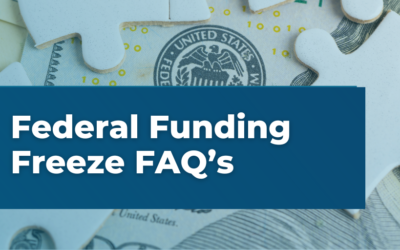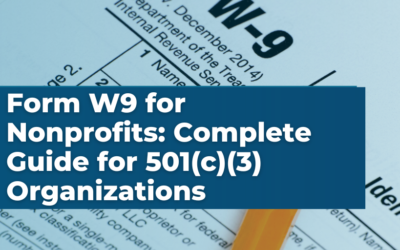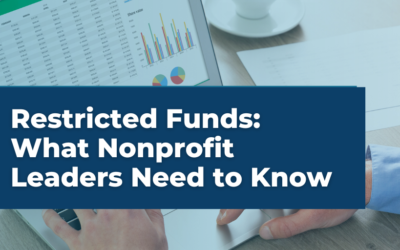The nonprofit Chart of accounts (COA) is the foundational structure of your organization’s financial statements. It serves as both an index of your account numbers and names, and as a guide for where to categorize all the financial activity of your organization. If something has a financial impact on your organization, it will somehow find its way into the chart of accounts.
To put it very simply, your Chart of Accounts is what you see on your financial statements after actual transactions occur. So, what is the difference between a nonprofit COA and that of another industry? Well, your nonprofit Chart of Accounts structure will be the same as another company’s chart of accounts, because at its core, the COA is based on accounting principles that do not change regardless of the industry.
!https://velu.us/wp-content/uploads/2022/07/Chart-of-Accounts-Post-1024×275.png
Your nonprofit generates revenue and has overhead expenses just like a for-profit business. Your goal as a nonprofit leader is to limit the expenses and generate more revenue through fundraising and other methods dependent on your business model.
!https://velu.us/wp-content/uploads/2022/07/Chart-of-Accounts-Post-2-1024×275.png
Every industry has its own accounting standards, terminology, definitions, and key financial indicators to pay close attention to. This is why properly tailoring your Chart of Accounts to the nonprofit industry is so important. You need your financial statements to speak the nonprofit language to not only those inside your organization, but also to those key external stakeholders. Your Chart of Accounts is key to taking your financial statements to another level of sophistication and legitimacy.
Implementing your Nonprofit Chart of Accounts
Why is a nonprofit Chart of Accounts important?
Your COA is your organization’s financial foundation and serves as a guide for categorizing the financial activity of your organization. Your accountant or bookkeeper’s role is to get your financial information into your accounting software in an accurate and organized manner.
The end goal of the financial function is to generate useful information for internal and external stakeholders to make informed decisions. So how do we get the information from the bookkeepers to stakeholders in a way that is useful (and do it efficiently)?
You guessed it– The Chart of Accounts. With a proper COA structure you can get the information you need to create financial ratios, build effective dashboards, and tell an effective financial story of your organization. That’s why you need to give it the attention it deserves!
At Velu, we believe the COA has much more than just a financial function. It also serves as an effective tool to inform key decision makers in other areas of your organization, such as program personnel who carry out the impact of your organization. Not only does it serve as a financial literacy tool for them, but also helps them to effectively budget and plan for their work. In essence, it connects the dots between their nonfinancial goals and the financial impact of those decisions.
Hopefully, you are starting to understand how your Chart of Accounts can help you internally. But remember, some of your most important financial stakeholders are your donors. Every donor has different information they want to see, but with respect to finances, they want to know their dollars are going to support the difference they want to see in the world. Ensuring your financial reports, through a proper Chart of Accounts, are speaking the nonprofit language will give them the transparency they need to trust your organization and give them the return on their investment you promised.
If you want to learn more about implementing your Chart of Accounts continue to follow us on our Facebook, LinkedIn. We’d also be happy to hop on a call to discuss how you can implement a Chart of Accounts in your nonprofit.





